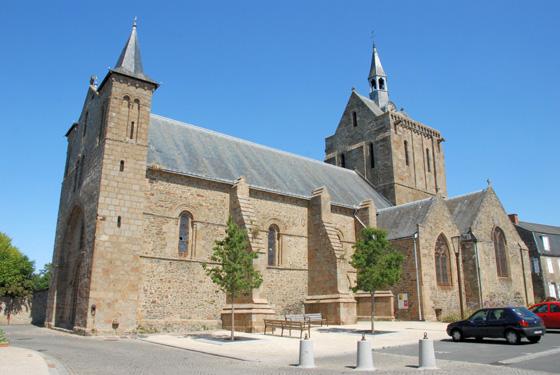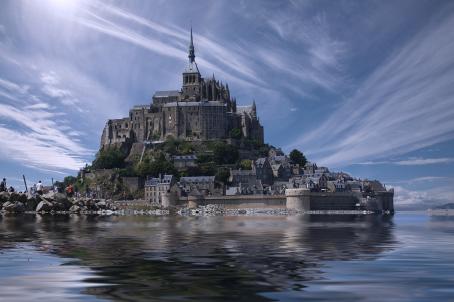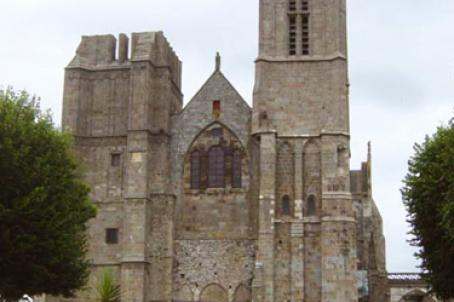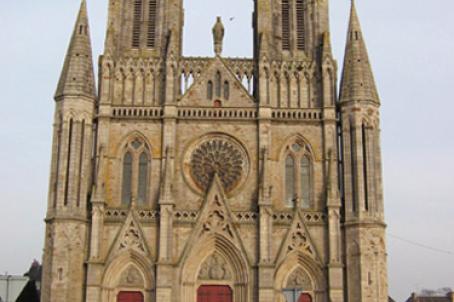Church of Notre-Dame-de-la-Paix
Built in the 11th century on the initiative of William the Conqueror by the same builders as the Abbey of Mont Saint-Michel, the church of Notre-Dame is of Romanesque style and Gothic transition. A stained-glass window in the choir indicates its raison d'être: the happy passage of the Couesnon by the men of William the Conqueror, in danger of getting bogged down.
About this building
It would have been wanted by William the Conqueror to thank the Virgin for having saved his army from the quicksand of Couesnon. This episode is recounted in a stained glass window in the choir and on the Bayeux Tapestry. It was built in granite, originally in the 11th and 12th centuries, by the companions who built Mont-Saint-Michel. It is largely Romanesque. Its facade is remarkable for the two sculpted Romanesque turrets that frame it. It would be unique in Europe. The south entrance door is decorated in its tympanum with a sculpture representing a man and a bird, whose meaning remains mysterious even today. To the left of the choir, the Saint-Sauveur chapel contains a 15th century altarpiece in white stone, known as the Chapel of the Broken Saints.






